Spatial reasoning Geometry Worksheets for Ages 5-8
5 filtered results
-
From - To
Discover our engaging Spatial Reasoning Geometry Worksheets designed specifically for children ages 5-8! These interactive and fun activities help young learners develop essential spatial reasoning skills while exploring various geometric concepts. Our worksheets feature vibrant illustrations and relatable scenarios that make learning enjoyable and meaningful. Through hands-on exercises, children will enhance their ability to visualize shapes, understand spatial relationships, and improve problem-solving skills. Perfect for classroom use or at-home practice, these worksheets foster a love of learning while building a strong foundation in geometry. Set your child on the path to mathematical success with our thoughtfully crafted resources today!
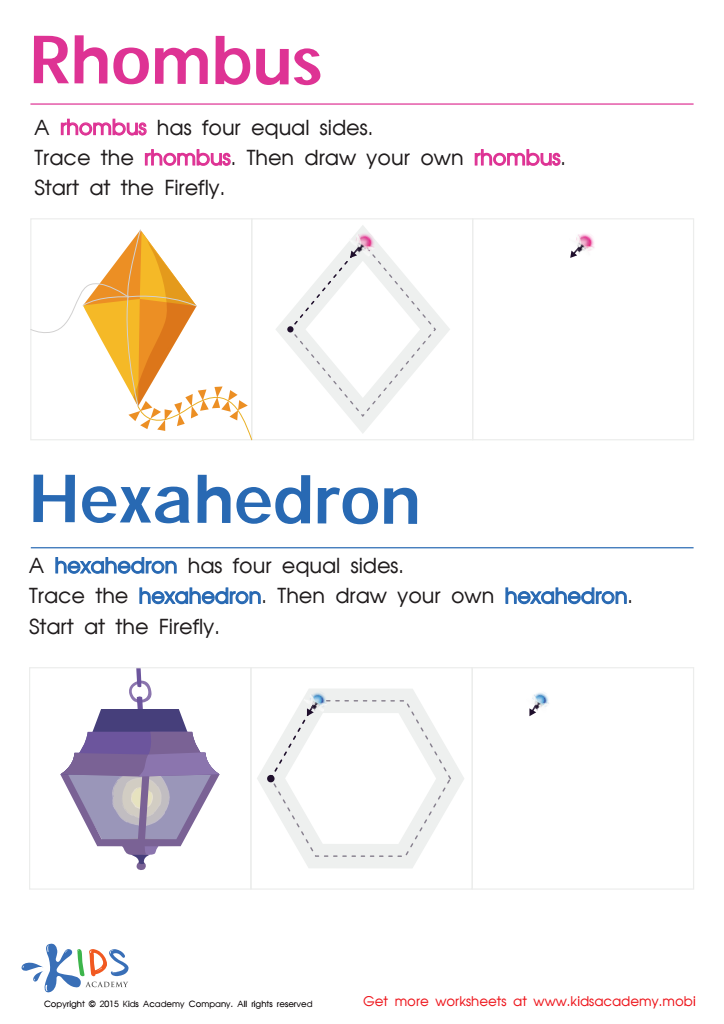

Draw a Rhombus And a Hexahedron Printable
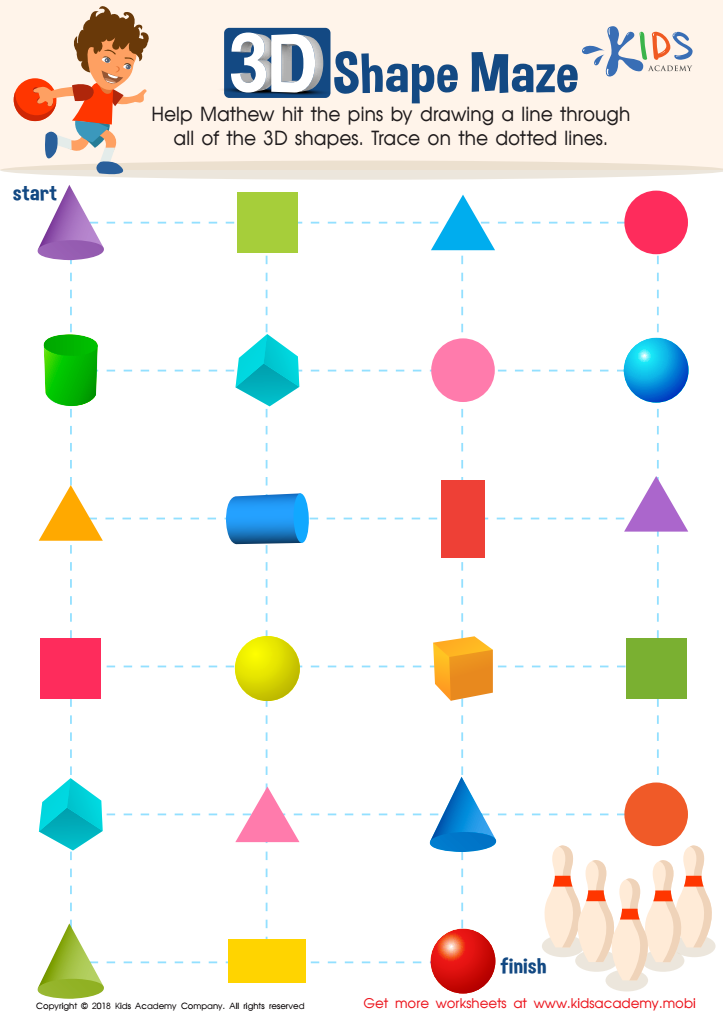

Shapes Maze Geometry Worksheet
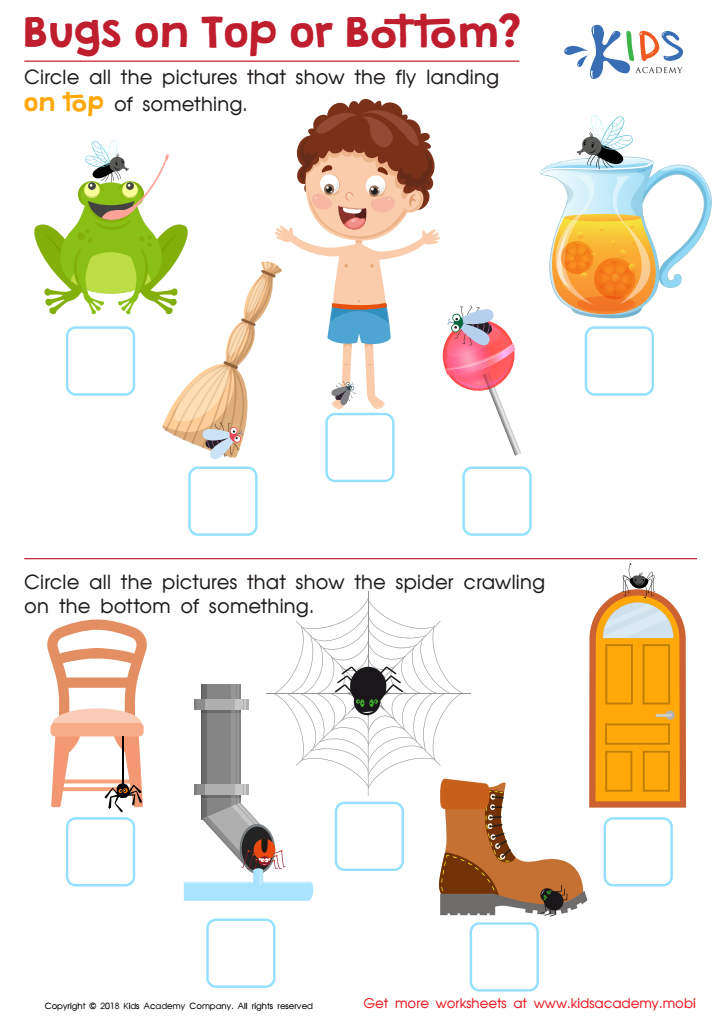

Bugs on Top or Bottom? Worksheet
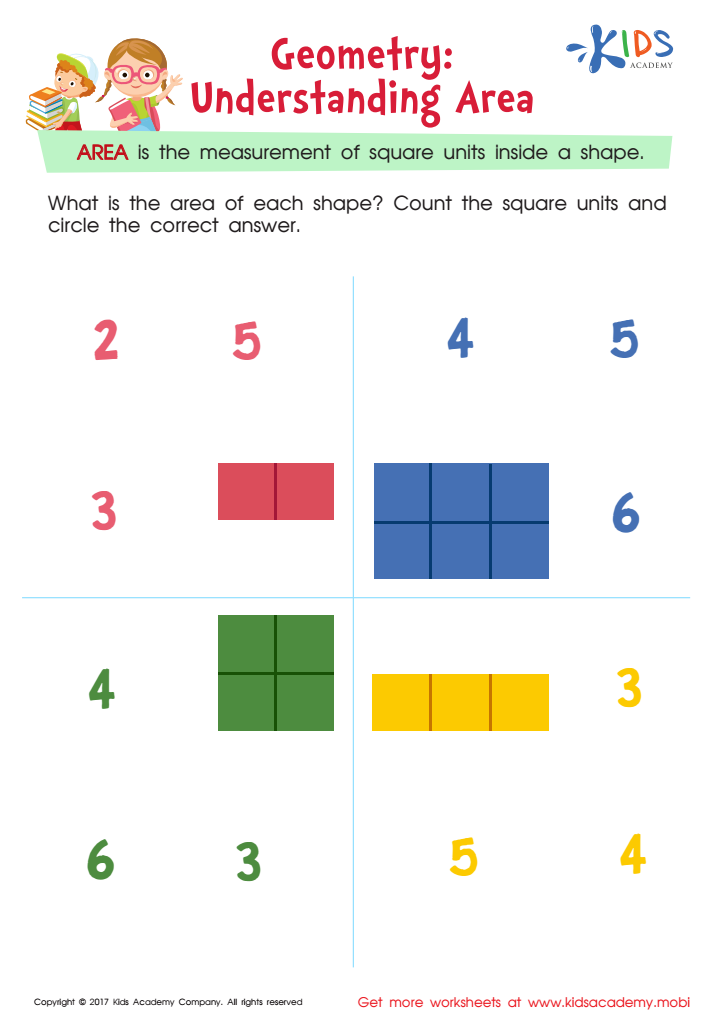

Understanding Area Worksheet
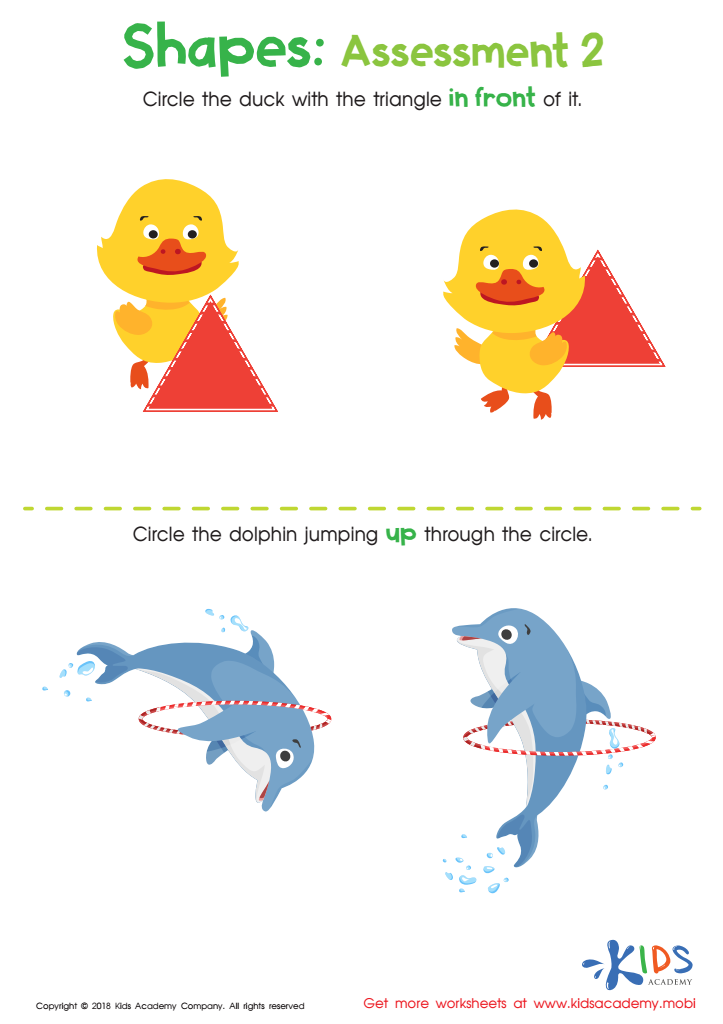

Geometry – Assessment 2 Worksheet
Spatial reasoning and geometry are foundational skills for children ages 5-8, significantly impacting their cognitive development, problem-solving abilities, and future academic success. At this age, children are naturally curious and begin to understand how objects relate to one another in space. By cultivating spatial reasoning through geometry, parents and teachers can enhance children’s ability to visualize and manipulate objects mentally, which is essential in fields such as mathematics, science, art, and engineering.
Spatial reasoning also develops critical thinking and decision-making skills. Engaging with shapes, patterns, and measurements helps children learn to classify, analyze relationships, and solve puzzles. Early exposure to spatial concepts prepares them for more complex mathematical reasoning later on, helping to address potential learning gaps and fostering confidence in their abilities.
Moreover, supportive parents and teachers enable a richer learning experience by integrating geometric language into daily activities, such as cooking, building, or drawing. This not only reinforces academic skills but also promotes collaboration and communication. As students navigate their world, understanding spatial positions enhances their ability to interpret maps, comprehend diagrams, and appreciate the visual arts, forming a well-rounded educational foundation crucial for lifelong learning and eventual success.
 Assign to My Students
Assign to My Students
































